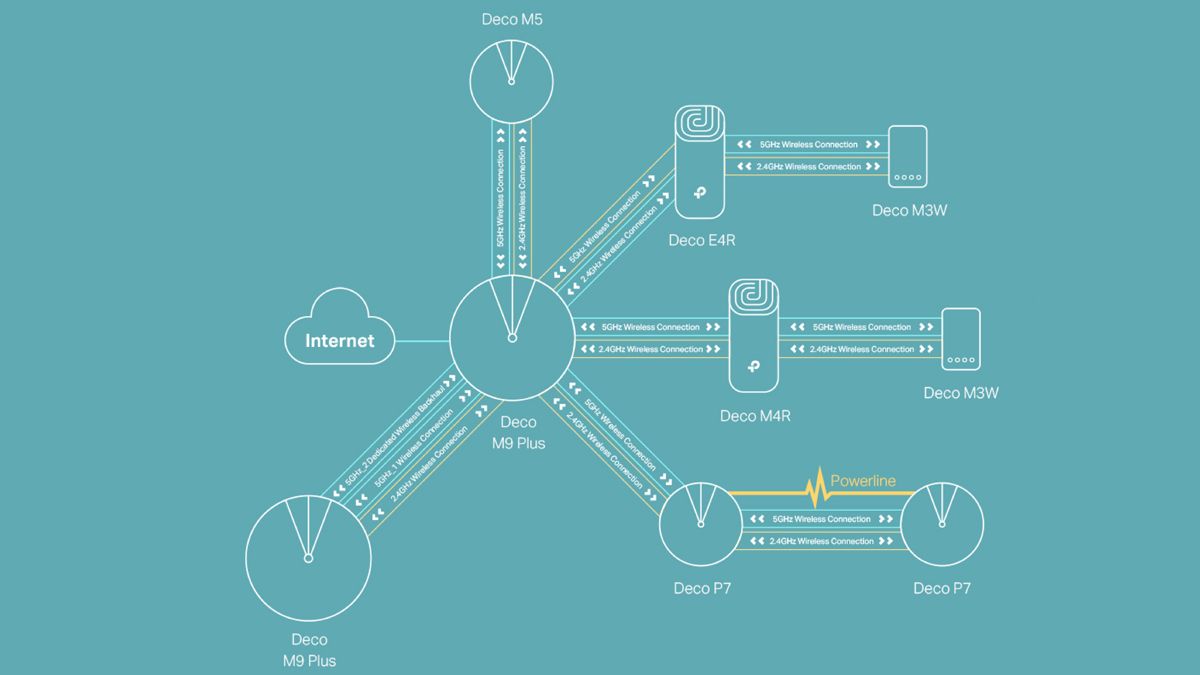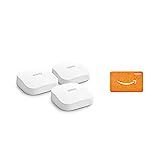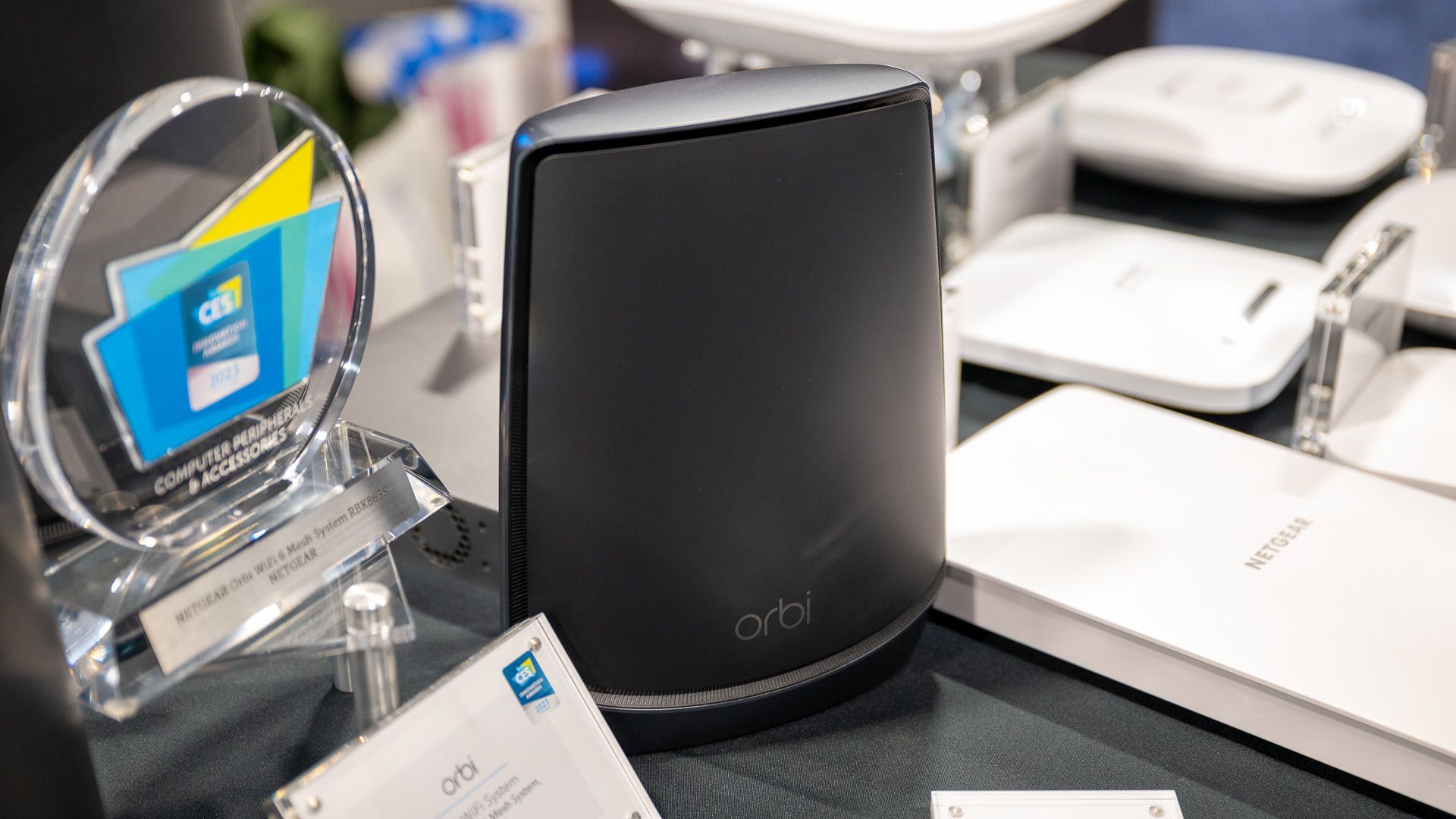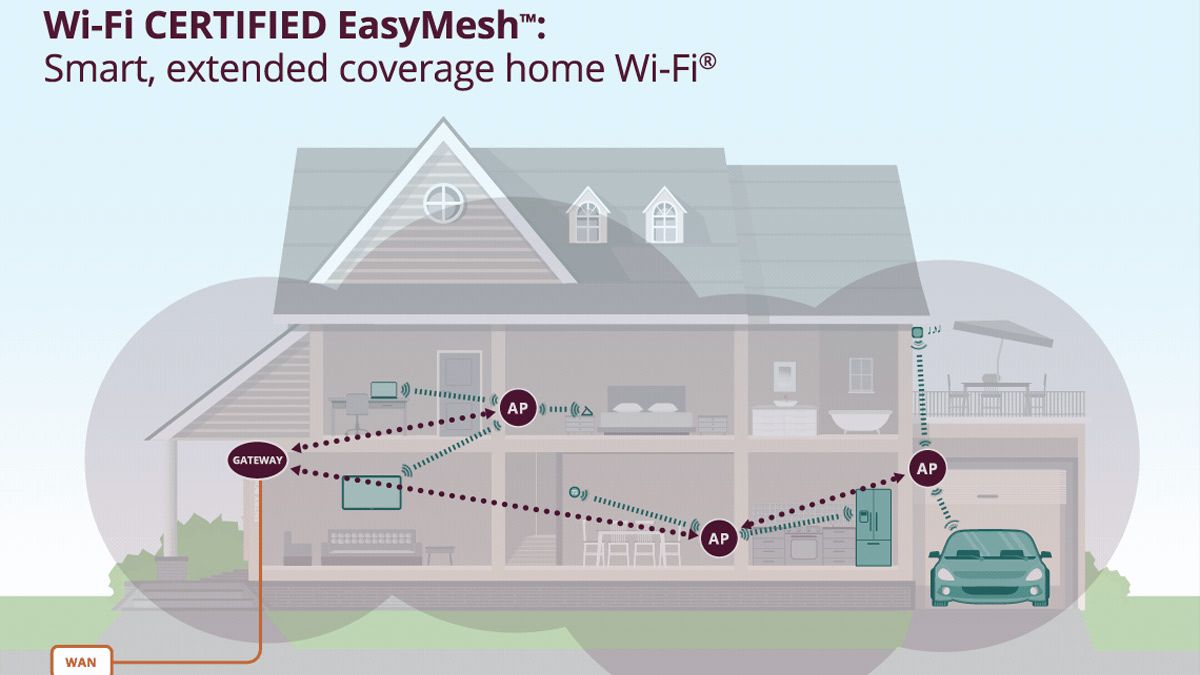
Compatibility Guide: How to Effectively Blend Different Brands of Mesh WiFi Devices

Compatibility Guide: How to Effectively Blend Different Brands of Mesh WiFi Devices
Key Takeaways
- Mixing and matching mesh nodes from the same manufacturer is generally easy, but confirm compatibility by checking documentation.
- Update all firmware across devices and refer to the manufacturer’s recommended setup for optimal performance.
- Avoid mixing mesh nodes from different manufacturers due to interoperability issues.
Mesh networks are an increasingly popular solution to the Wi-Fi demands of modern homes. You might be curious if you can mix and match different hardware devices—either different models from the same manufacturer or even devices from different manufacturers. Here’s what you need to know.
Why Mix and Match?
Why even consider mixing and matching? Maybe you found a good sale, a friend is upgrading and willing to hand-me-down some network gear to you, or you just want to extend coverage a little and would like to buy some less expensive hardware to get the job done. Or, perhaps, your older system has some software features, like easy-to-use parental controls, you don’t want to lose.
Whatever motivated you to consider the project, let’s dig into when mixing and matching mesh network hardware works, when it doesn’t, and the tradeoffs you’ll make along the way.
Same Manufacturer Mixing Is Usually Pretty Smooth

TP-Link
When it comes to mixing and matching hardware produced by the same manufacturer, you’re generally pretty safe, although it’s worth double-checking the fine print on the manufacturer’s website before making any purchases.
All eero hardware is completely backward-compatible, for example, as is Google Nest WiFi gear. (However, this does not include the latest WiFi Pro model ). The popular Deco lineup from TP-Link is also backward compatible.
When mixing and matching hardware from the same manufacturer there are a few things to keep in mind to make the experience much smoother.
Double-Check the Docs
First, double-check if there are any specific downsides to mixing and matching hardware by checking the support documentation for your manufacturer of choice.
Although it’s increasingly less of an issue sometimes you’ll run into a situation where keeping older hardware as part of the setup leads to some of the features on the newer gear getting downgraded or turned off entirely for compatibility reasons. If that’s the case, it might be worth retiring the older gear and upgrading to all new mesh nodes.
Get That Firmware Updated
Second, be sure to update all the firmware across all the devices in your new setup including the router node and all the mesh nodes. Things are constantly evolving and you don’t want to deal with compatibility problems or poor node-to-node communication because of old firmware. With updated firmware, you can often avoid that feature-downgrade problem we just mentioned.
Check for a Recommended Setup
Third, always follow the manufacturer’s configuration recommendations where available or, if no specific guidelines are provided, structure your network with the newest mesh nodes functioning as the router and in the most used areas of the home with the older nodes on the peripheral and in the lesser-used areas.

Amazon Eero Pro 6E System (3-Pack)
This array of Amazon Eero Pro 6E is rarely this cheap, getting you one of the best mesh Wi-Fi 6E systems on the market right now. You also get a $100 gift card with it, further adding to the savings.
For example, if you have an older eero system and you buy a new bundle , use the newer eero nodes as the main router and in the core area of your house, and then move the older eero nodes to the edges to provide coverage in the yard, the garage, or other less important areas. This ensures the newest hardware is doing the bulk of the heavy lifting and the older hardware is picking up the slack at the edges.
As long as the manufacturer supports inter-model and inter-generation compatibility, if you follow these guidelines you’ll have a really smooth experience adding more mesh nodes to your home network.
Mixing Manufacturers Is a Huge Headache

Justin Duino / How-To Geek
You can mix hardware from different manufacturers together but it’s a significant hassle and comes with significant penalties in terms of ease of use and features.
If you wouldn’t describe yourself as an amateur network administrator, you’re probably not going to enjoy the experience much and we’d recommend you skip it and stick with hardware from the same manufacturer.
Why is it a hassle? Wi-Fi as a standard is very well hashed out but that doesn’t translate to interoperability between mesh nodes from different manufacturers. They might all be using the same Wi-Fi standards , broadly, but how they implement mesh communication within the closed system of a given manufacturer’s mesh network ecosystem is not interoperable. Just because they both use the Wi-Fi 6E standard doesn’t they’ll work together.
Back in 2018, the Wi-Fi Alliance, the organization in charge of the Wi-Fi standard, announced a new companion standard called EasyMesh . In theory, EasyMesh will make mixing and matching mesh nodes from different manufacturers simple. In practice, as of this writing in mid-2024, EasyMesh has not really caught on. TP-Link boasts a wide range supported devices , but without other manufacturers following suit the implementation has little meaning.

Wi-Fi Alliance
Between the different mesh standards and the spotty EasyMesh support, if you want to mix and match hardware you can’t just hook up some Google Nest WiFi nodes to your existing eero system, or throw some inexpensive TP-Link Deco units on somewhere to boost coverage.
At best, if the manufacturer in question supported it, you could turn the new mesh nodes into just dumb access points, tethered via an Ethernet backhaul back to the existing mesh router.
Why might you take that approach? Let’s say you like specific features on the original mesh router platform—such as robust parental controls or a particular bedtime lockout feature—that aren’t available on the newer system. You could keep the mesh node in place to serve as the router (and keep providing the parental controls, or such, that you need) while using the newer mesh nodes as access points to handle the Wi-Fi.
But, again, it tends to get a bit messy and complicated. You’ll need to make sure you’re not running the newer mesh system as a separate network with its own router and DHCP assignment to avoid a double-NAT—a common issue when you “stack” routers —and other issues. Depending on the capabilities of the older system you may or may not totally lose mesh functionality by switching it over to just access point mode.
Unless you have a very pressing need to mix the systems together, we really can’t recommend it. At that point, you’re better off just upgrading your router .
Also read:
- [New] Advanced Techniques for Using Live Photos in Mobile Devices for 2024
- [New] From Clouds to Storage Keeping Snapshots on Your Phone
- [Updated] In 2024, Sci-Fi's Virtual Cosmos The Most Innovative Movies of the Metaverse Era
- 2024 Approved Eternal Skies Leading Long-Duration Flight Drones
- ASUS PCE-AC68 WiFi Adapter Driver Download - Get the Latest Version
- Comprehensive Tutorial on Syncing iPad Content with Your Synology Network Attached Storage (NAS)
- Crafting Your Own WhatsApp Tone for Android for 2024
- Effortless Update: Get Your Pioneer DJ DDJ-SX2's Newest Software Instantly
- Expert Advice on How to Perform a Soft Reset for Your Apple Watch – Insights Technicians
- Get the Latest USB-C Windows 10 Driver for Seamless Connectivity
- How To Fix Unresponsive Phone Touchscreen Of Nubia Red Magic 9 Pro | Dr.fone
- In 2024, How to Unlock Nokia C32 Pattern Lock if Forgotten? 6 Ways
- Install New Drivers for Realtek RTL8188CU Wireless Network Adapter Supporting Windows 11 & 7
- New Version Released: Compatible Firmware for Your Lenovo ThinkPad Thunderbolt 3 Hub
- The Hardware Hub: A Comprehensive Resource for Savvy Technology Enthusiasts
- Update to the Latest NVIDIA 1080 Drivers for Seamless Performance on Windows 11
- Title: Compatibility Guide: How to Effectively Blend Different Brands of Mesh WiFi Devices
- Author: Joseph
- Created at : 2024-10-13 02:46:55
- Updated at : 2024-10-18 17:41:30
- Link: https://hardware-help.techidaily.com/compatibility-guide-how-to-effectively-blend-different-brands-of-mesh-wifi-devices/
- License: This work is licensed under CC BY-NC-SA 4.0.